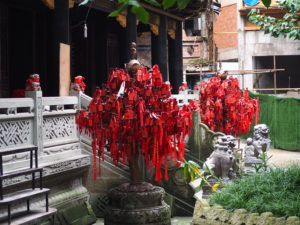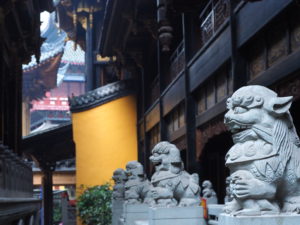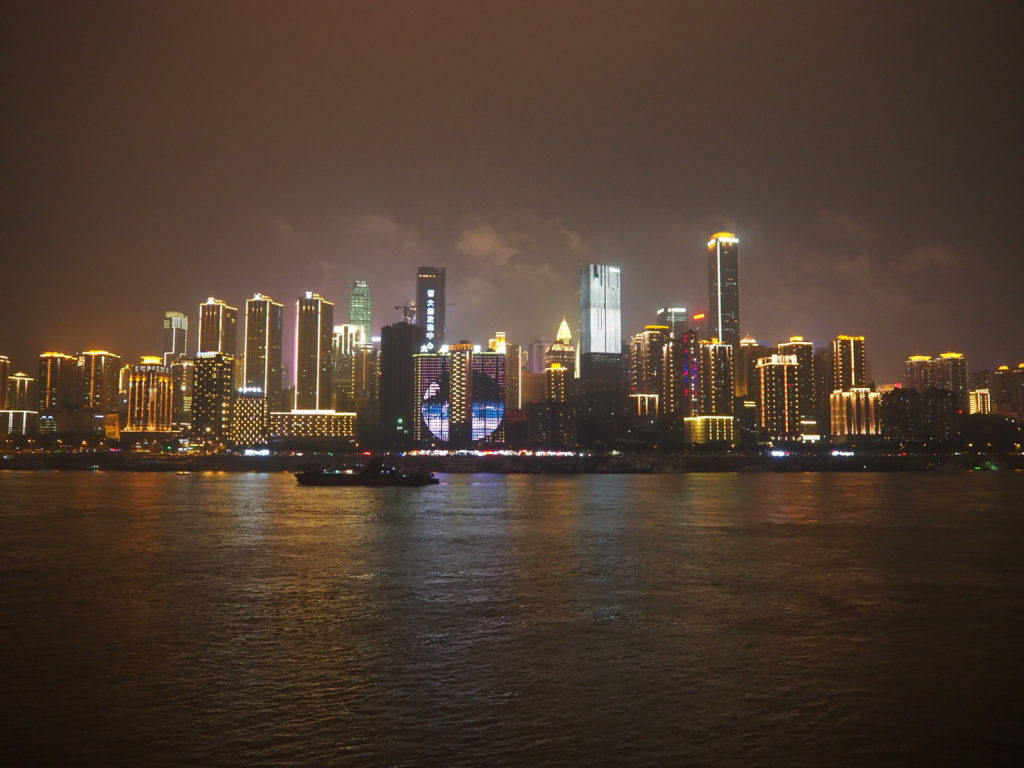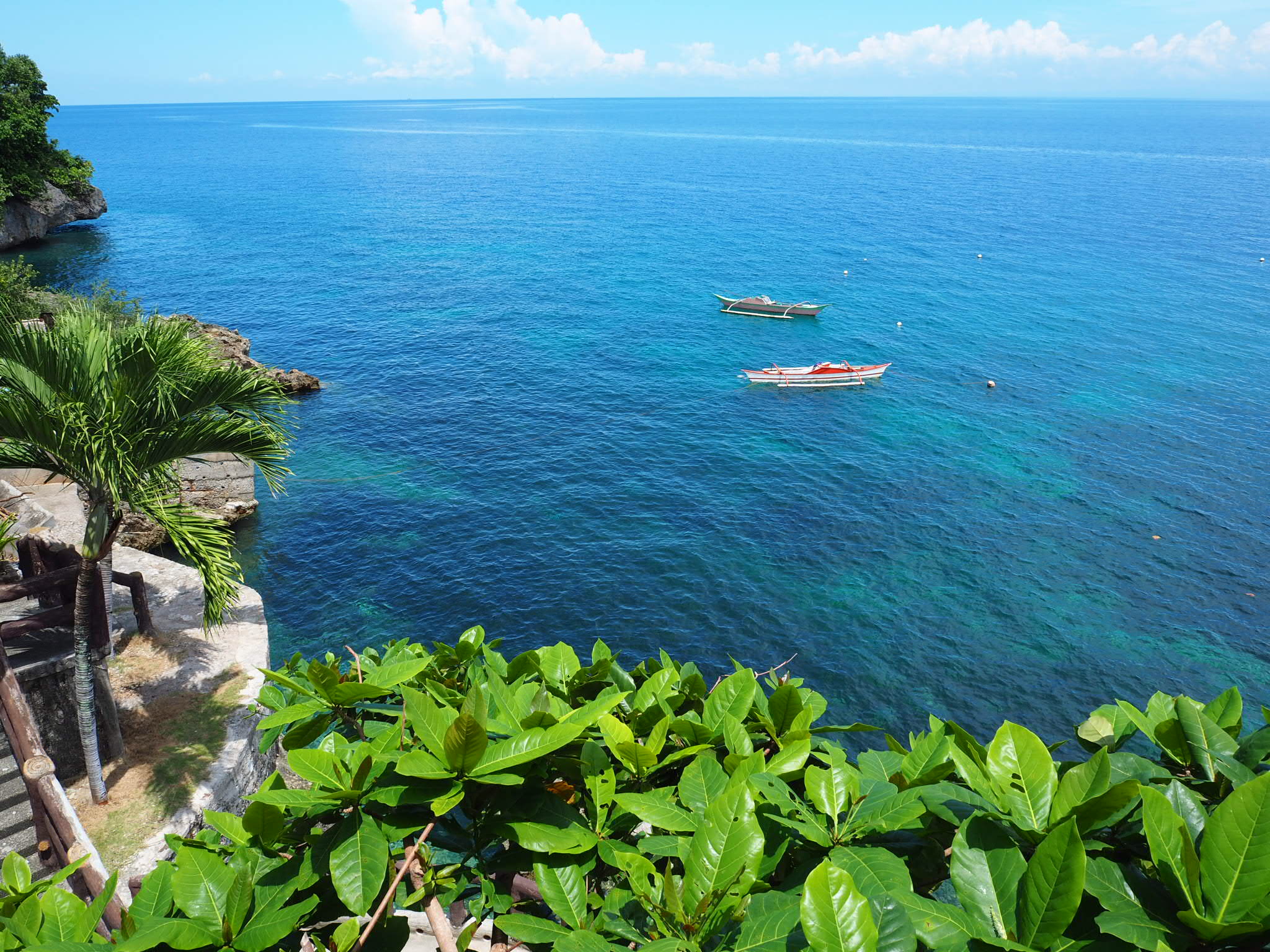Welcome to Chongqing
Often mistaken for being the worlds largest city, until 1997 Chongqing municipality was part Sichuan province. Since then it has been it’s own municipality, similar to Beijing, Shanghai and Tianjin. It is now one of China’s most important financial centre’s. With rumours of free trade zones in future, a skyline that could rival anywhere on earth, a diverse and powerful history and some of China’s most sumptuous cuisine, Chongqing is one of the middle kingdom’s most vibrant cities. In spite of all of this Chongqing is still unknown to the vast majority of visitors to China.
Getting there and away
Located in south western China, Chongqing is easily reached by train and plane from almost anywhere in China. Both the airport and main station, Chongqing north (重庆北站) are directly connected to the subway. However Chongqing station (重庆站) and Chongqing west (重庆西) are not connected to the subway and will require a taxi or bus to get into the city. Public transport in Chongqing is generally pretty good although buses fill up and traffic grinds to a halt in rush hour.
Language barrier
Like everywhere in China there is a huge language barrier here. Do not expect anyone to speak English. It is a city that receives very few English visitors and millions of Chinese tourists each year. Putting two and two together, it’s safer to plan for no one speaking English. If, like us you speak Mandarin, you will still have a few issues communicating.
Chongqing has a strong accent and a dialect that is very different from standard Mandarin. In fact the dialect is more similar to that found over the border in Sichuan (which at times is incomprehensible, even to native speakers). The dialect here is also influenced by the regional dialects of Hubei and Hunan due to mass migration during the Qing dynasty. There were plenty of times when I would not understand what someone was saying to me, so they would turn to Miranda who is Chinese and she would have a similar expression of confusion. Obviously being able to speak Chinese does make things much easier, but even then you will still run into some issues.
The bang bang army (棒棒军)
Once upon a time these porters were the symbol of Chongqing. Thousands could be seen lugging goods up down the cities hills using a simple bamboo pole to balance the weight across their backs and shoulders. As Chongqing’s economic might has grown over the last few years the number of these porters have dropped dramatically. However they are still a common sight around the docks and markets close to the Huguang guild hall. Often carrying as much as 50kg at any one time in one of China’s hottest and hilliest cities, the pay is sadly atrocious. With couriers on the rise and education improving in the rural areas they left many years ago, this is the last generation that will need to engage in this back breaking labour.
How long do you need
We spent 4 days here including a day trip out to Dazu to view the incredible buddhist rock carvings (which you can read more about here) and we could have happily spent another couple of days here. The cities modern and imperial history is a huge draw for us, so if this is not your cup of tea they you may not want to spend as long here.
Where to stay
Yuzhong (渝中) is Chongqing’s most buzzing district. Shopping malls rub shoulders with livestock markets as porters lug huge bags to their new homes. From a transport perspective Yuzhong is well connected to other major areas of the city with the main subway station being Xiaoshizi (小什字) on lines 1 and 6. We stayed quite close to hong ya dong (洪崖洞), a huge a labyrinth of restaurants and shops selling tourist tat. However at night it is particularly beautiful. Another advantage of this area is the huge number of excellent restaurants nearby serving all manner of Chongqing and Sichuan dishes.
Eating in Chongqing
Hotpot
The Chongjing hotpot is known as being one of the spiciest dishes in China. It is a giant bowl of boiling oil, water and chilli’s, into which you dip thin slices of raw meat and vegetables into until they are cooked. Naturally hotpot places are all over the city and are fairly easy to find. Generally the quality of food is excellent, alongside Chengdu it’s comfortably the best hotpot I have had in China. The area around hong ya dong does have a lot of hotpot places but you can expect these restaurants to be more expensive than ones outside of this area.
Do not expect a menu in English, we only found one place in Chongqing that had English on it’s menu, although obviously not an issue for us it can naturally present some challenges. Do be aware that there will be a lot of internal organs on sale, including tripe, intestines, kidneys and liver. The food is not supposed to be cooked for long periods of time, some of it is cooked in as little as 15 seconds, but you will need to check with the restaurant to be sure. For a lot of the food, meat especially, if it’s cooked for too long it’s too tough and lacks flavour.
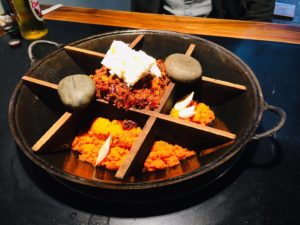
Noodles
Chongqing’s other famous dish. You can find noodle houses (面庄) all over the city.
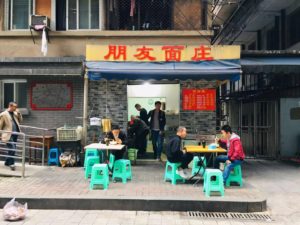
What to see and do in Chongqing
Changjiang Cable Car (长江索道)
On the end of the the Yuzhong peninsula is this cable car that brings you over Chang Jiang (Yangtze River) this cable car is famous for giving stunning views Chongqing’s skyline. It is particularly stunning at night. it is 20rmb for a one way trip and 30rmb for a turn.
Tushan Temple (涂山寺)
This beautiful temple is hidden away in the Huangshan area of the city. Offering beautiful views over Chang Jiang its a maze of buildings clinging to the hillside. It is possible to get bus 384 however it’s much easier to get a taxi.
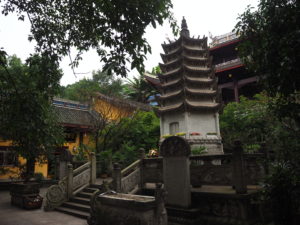
Museum of the War of Resistance (重庆抗战遗址博物馆)
This excellent museum is actually the site of the Kuomintang (KMT) government during the war of resistance. After Nanjing was taken by the Japanese in 1937 the capital was relocated to Chongqing which was then subjected to a merciless bombing campaign by the Japanese. The museum has some excellent exhibits however there is not a lot of English. However there is an excellent audioguide however you will need to scan the QR code through wechat (微信). Through that you can then listen to the audio guide.
Nan Bin Lu (南滨路)
This is one of Chongqing’s swankier districts. From here there are some stunning views of the Yuzhong skyline.
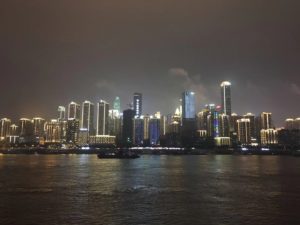
Li Zi Ba (李子坝)
Very well know in China, however unheard of elsewhere. This subway/monorail station is famous for being on the 6th of a block of apartments. The station and apartment building were built at the same time and apparently residents do not feel the the vibrations from the constant trains and commuters.
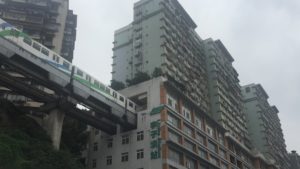
Da Li Tang (大礼堂)
This stunning building was built in the early 1950’s and has been the scene of operas, plays and various revolutionary activities. The square outside is full of people dancing, playing badminton and relaxing over a game of cards. Opposite the square is the Three Gorges Museum.
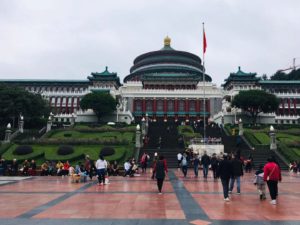
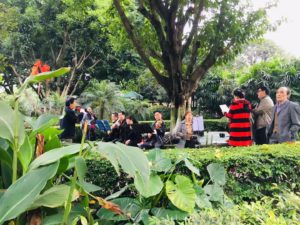
Jie Fang Bei (解放碑)
This pulsating area in the Yuzhong is full of shops, narrow alleyways and open air markets. Radiating out from the War of Resistance memorial this is a rather interesting place to wander around at night.
Huguang Guild Hall (湖广会馆)
Located close to the old Dongshuimen gate that made up part of the walls that used to surround Chongqing, although the walls are no longer in existence. This was the old meeting place for people from Hubei, Hunan, Guangdong and Guangxi. The exhibition inside provides some excellent information on the forced migration of people from the 4 above provinces to Sichuan during the reign of Emporer Kangxi during the Qing dynasty. Alongside this there is some particularly stunning architecture also.
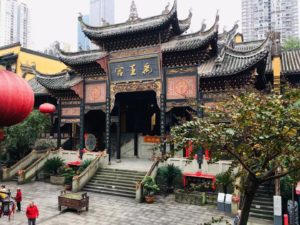
Exploring the markets around the Gangyu Plaza (港渝广场)
The walk to the Huguang guildhall from Xiaoshizi exit 8 will take you through a maze of markets and stalls that make up the Gangyu plaza. It makes for an interesting place to wander around. Chongqing’s steep hills mean that you will need to take a combination of lifts, escalators and stairs to make go from the ground floor at Xiaoshizi to the ground floor heading towards Huguang Guild Hall.
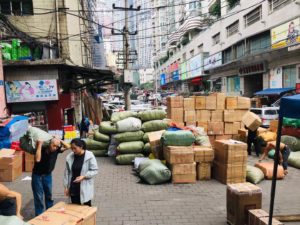
Zhazi Cave (渣滓洞)
Very much one for the history buffs. This was a prison used to house communists, mainly during the civil war (1946-1949). As the KMT’s inevitable defeat approached the remaining communist prisoners were slaughtered, with 15 lucky souls managing to escape. Sadly there is very little English, but what’s there is enough to give you a basic understanding of what occurred. Also this place is very popular with Chinese tour groups as many package tours include a visit here on their Chongqing itineraries. It’s also popular with many older Chinese travellers.
Ciqikou Ancient Town (磁器口镇)
This ancient town towards to the end of line 1 is exactly what you’d expect from an ancient town in China. Beautiful buildings, plenty of food stalls and lots of people. It’s certainly an interesting place to explore with an excellent museum close to the entrance detailing life in Chongqing from the Qing dynasty to the present day. If you can manage it we’d recommend you avoid visiting on a weekend.
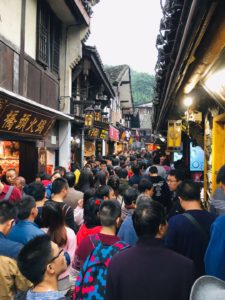
Baolun Temple (宝轮寺)
This gorgeous temple is in the heart of Ciqikou. Built into the hills it offers some decent views as well as having some lovely carvings and architecture itself. Just follow the signs once you get to Ciqikou. This is also an excellent place to escape the crowds.
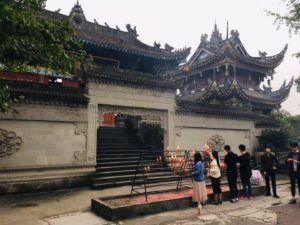
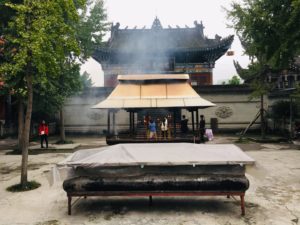
Arhat Temple (罗汉寺)
Located next to Xiaoshizi subway, exit 6 this gorgeous temple is a peaceful escape from the carnage of central Yuzhong.
